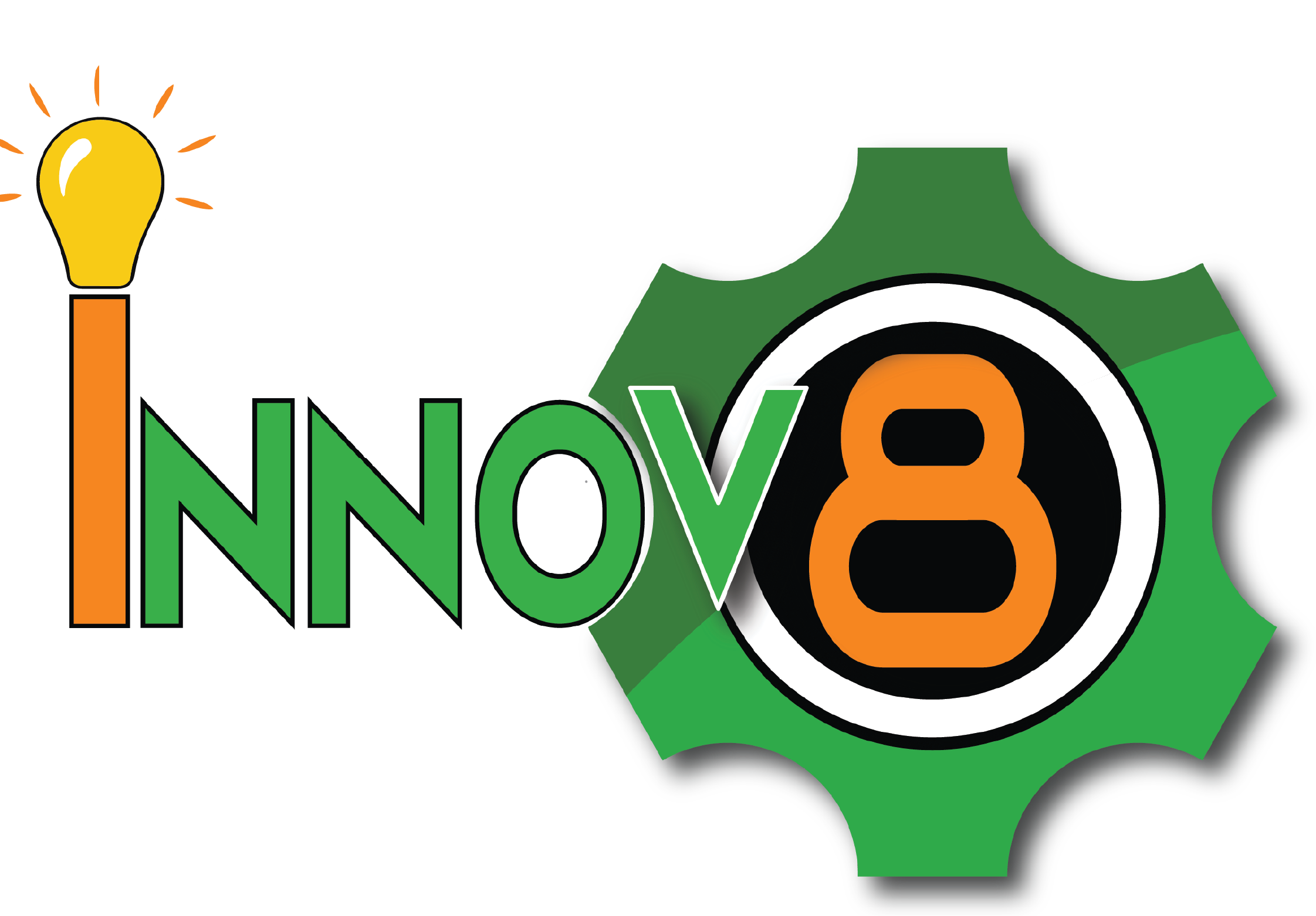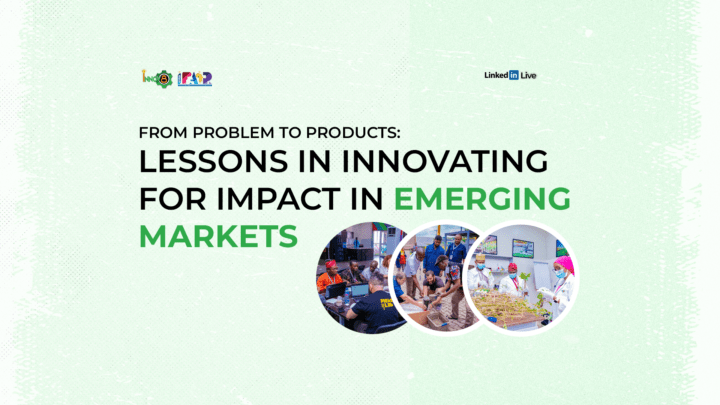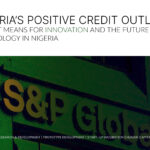Innovation with a Purpose
In emerging markets, where infrastructure is inconsistent, purchasing power is low, and systems can be broken or absent altogether, innovating for impact is about survival, not cool gadgets, complex code, or billion-dollar valuations.
True impact-driven innovation solves real problems for real people; the gritty challenges people face every day, from healthcare infrastructure gaps to energy poverty.
This blog captures insights from our most recent LinkedIn Live session, themed “Innovating for Impact: From Prototype to Market Success”

The session featured two entrepreneurs, Dr. Ben Festus, founder of CoolTech, and Mr. Dozie Igweilo, founder of Quadloop. Their stories are practical masterclasses in how to go from idea to prototype, and from prototype to commercial success while driving social impact, building sustainable hardware, and navigating the nuances of the Nigerian innovation ecosystem.
Moderated by Andrew Lala, the session offered deep, raw insights that every entrepreneur, hardware innovator, and ecosystem builder should take seriously. In this article, we unpack their lessons, reflect on the broader trends they point to, and offer takeaways for founders looking to scale innovation in tough but opportunity-rich markets.
From Observation to Invention: Spotting Real Problems
Before there was a product, there was a problem.
For Dr. Ben Festus, the idea for Cool Tech, a smart vaccine cooling solution, was born out of his NYSC service in Ebonyi State, Nigeria. He noticed firsthand the tragic inefficiencies in the vaccine distribution process, like ice packs melted before getting to their destination. Children were vaccinated with compromised doses. The damage? Not just failed health interventions, but actual lives at risk.
For over a decade, this problem stuck with him until his technical capacity caught up with his passion. Through TETFAIR and with support from Innov8 Hub, Dr Ben finally had the ecosystem and mentorship he needed to build a product that could address this issue head-on.
Meanwhile, Dozie Igweilo was traversing Nigeria as a telecoms field engineer. From Kafanchan to Ede, he observed the lack of access to reliable electricity, especially in rural communities. He saw people paying 100 to 200 naira to charge their phones. He saw the rise of electronic waste littering streets and landfills, brought in from abroad and discarded by users with no means to recycle.
His solution? Quadloop, a climate tech startup that uses electronic waste to manufacture solar-powered lanterns and energy systems, optimized for underserved markets.
This goes to show that innovation in emerging economies isn’t about copying Silicon Valley models. It starts with direct exposure to unmet needs (deep local observation and an intimate understanding of real pain points) not market reports.
Read Also: Scaling Local Innovation for Global Impact: Strategies for Founders
From Prototype to Product: The Power of Iteration
Both Ben and Dozie emphasized this: your first prototype is just the beginning.
In 2018, Quadloop’s first version was a rudimentary design, repurposing circuit breaker boxes into lantern shells. They sold these to local hospitals and clinics, not as a polished product, but as a way to gather real-world feedback.
Early adopters pointed out what worked and what failed. The battery didn’t last. The aesthetics were clunky. Performance dipped after a few months.

Instead of being discouraged, Dozie went back to the drawing board. Today, Quadloop’s product is sleek, durable, and fully modular. Every part — from the PCB board to the LED housing — can be replaced independently.

Dr. Ben Festus took a similar route. His team acquired conventional vaccine coolers and conducted experimental validation using IoT-enabled sensors. This gave them the data to prove that traditional cooling methods were unreliable, especially in last-mile vaccine delivery.
They didn’t stop at observation. They built, tested, failed, improved, and repeated. Today, Cool Tech isn’t just functional. It includes AI-powered forecasting, live temperature monitoring, and solar-powered energy systems.
Validating the Market: Trust Is Everything
In Africa, there’s a healthy skepticism around local products, especially hardware. So how do you get people to trust your tech? Most times, winning the audience’s trust is often harder than solving the technical problem.
Dozie’s strategy:
- Start with B2C (direct-to-consumer) to build use cases.
- Offer a 1-year warranty to ease buyer anxiety.
- Design for durability and repairability.
- Ensure modularity for easy servicing.
Quadloop’s lanterns are now used in hospitals, NGOs, and low-income communities across Nigeria. They are also entering B2B territory with bulk orders for institutions.
Ben’s strategy:
- Partner with credible institutions like UNICEF, WHO, and public health agencies.
- Meet industry standards like WHO PQS (Performance, Quality, and Safety).
- Validate your innovation using data, not pitch decks alone.
Their message is clear: if you’re building health tech, climate tech, or impact-driven innovations, you must build trust into the product experience.
Affordability vs. Functionality: The Usability Trap
Affordability is a critical barrier in scaling hardware innovation in emerging markets. Many startups undercut product features to stay “affordable” ; these founders did the opposite.
CoolTech invested in compact systems, modular parts, and locally sourced materials to keep costs down. But they also included real-time data, GPS tracking, and solar self-powering features. Why? Because anything less would fail in the field.

Quadloop, on the other hand, leveraged recycled e-waste to drastically cut costs. But instead of selling a cheap-looking product, they invested in design, usability, and customer education.
Cost and impact aren’t mutually exclusive. Design matters. Usability matters. Circular economy principles can enable both.
Read Also: Problem to Product Blog on Linkedin
Hardware is Hard: But Build It Anyway
Both founders admitted that hardware innovation is tough.
- Components are expensive and hard to source.
- Importation challenges and foreign exchange volatility are constant headaches.
- Manufacturing locally is time-consuming and requires capital.
Yet, they still built.
Quadloop now partners with formal e-waste recycling companies to source materials. They manufacture in-house. They own their PCB design. That means better margins and control.
CoolTech is building a locally fabricated, AI-enhanced, solar-powered, medical-grade cooling device from scratch. It’s not just hardware. It’s healthcare infrastructure.

Founders in emerging markets, especially those tackling climate, energy, or healthcare, need to embrace this truth: if you want to solve real problems, you might have to go hardware-first.
Funding, Partnerships, and Ecosystem Support
Let’s be clear: funding matters. But ecosystem support matters more.
Dr. Ben credits TETFAIR, Innov8 Hub, and grants from NCC and British Council for helping him refine his pitch, build a viable product, and navigate partnerships.
Dozie credits I-FAIR and Innov8 Hub for mentorship, access to design facilities, and community support.
They both emphasized:
- Apply for grants (especially non-dilutive ones).
- Build relationships with NGOs and public health partners.
- Attend deal rooms, pitch competitions, and accelerator programs.
Emotional Resilience: The Founder’s Journey
Startups are hard. In Africa? Even harder.
Dozie shared how he faced rejection after rejection. Yet he didn’t quit because he knew the problem was real. “I already quit my job. I had no Plan B.”

Dr. Ben, too, thought grants were rigged, until he applied and won three in one year. His success now funds multiple initiatives, but it started with taking a chance.
The most resilient founders don’t just believe in their idea. They believe in the problem. They believe in the community they serve.
Read Also: Scaling Local Innovation for Global Impact: Strategies for Founders
Takeaways for Founders: How to Innovate for Impact
Here are ten takeaways that emerged from this insightful session:
- Solve real problems, not imagined ones.
- Iterate early and often with real users, not your friends. Feedback is fuel.
- Sell to early adopters. They will shape your product.
- Design for circularity and sustainability.
- Don’t compromise usability for affordability.
- Validate your product with hard data.
- Build for trust. Offer warranties. Deliver quality.
- Seek grants and non-dilutive funding.
- Partner smartly. Look beyond the money.
- Stay the course. The journey is messy, but worth it.
Conclusion: Innovation is a Journey
The story of Cool Tech and Quadloop isn’t just inspiring, it’s instructive. It shows us that innovating for impact requires more than ideas. It demands iteration, community, empathy, resilience, and sometimes, a bit of stubborn belief.
These stories, captured during Innov8 Hub’s LinkedIn Live session, are part of a broader movement across Africa: local founders building world-class solutions with local context.
Want to dive deeper? Catch every quote, stat, and lesson from our panelists.
👉 Watch the full conversation here: https://lnkd.in/drSVe8Jq
Stay connected with Innov8 Hub for more conversations, case studies, and founder-driven insights.
Follow Innov8 Hub on LinkedIn, Twitter, Instagram and Facebook for more practical resources and upcoming events






